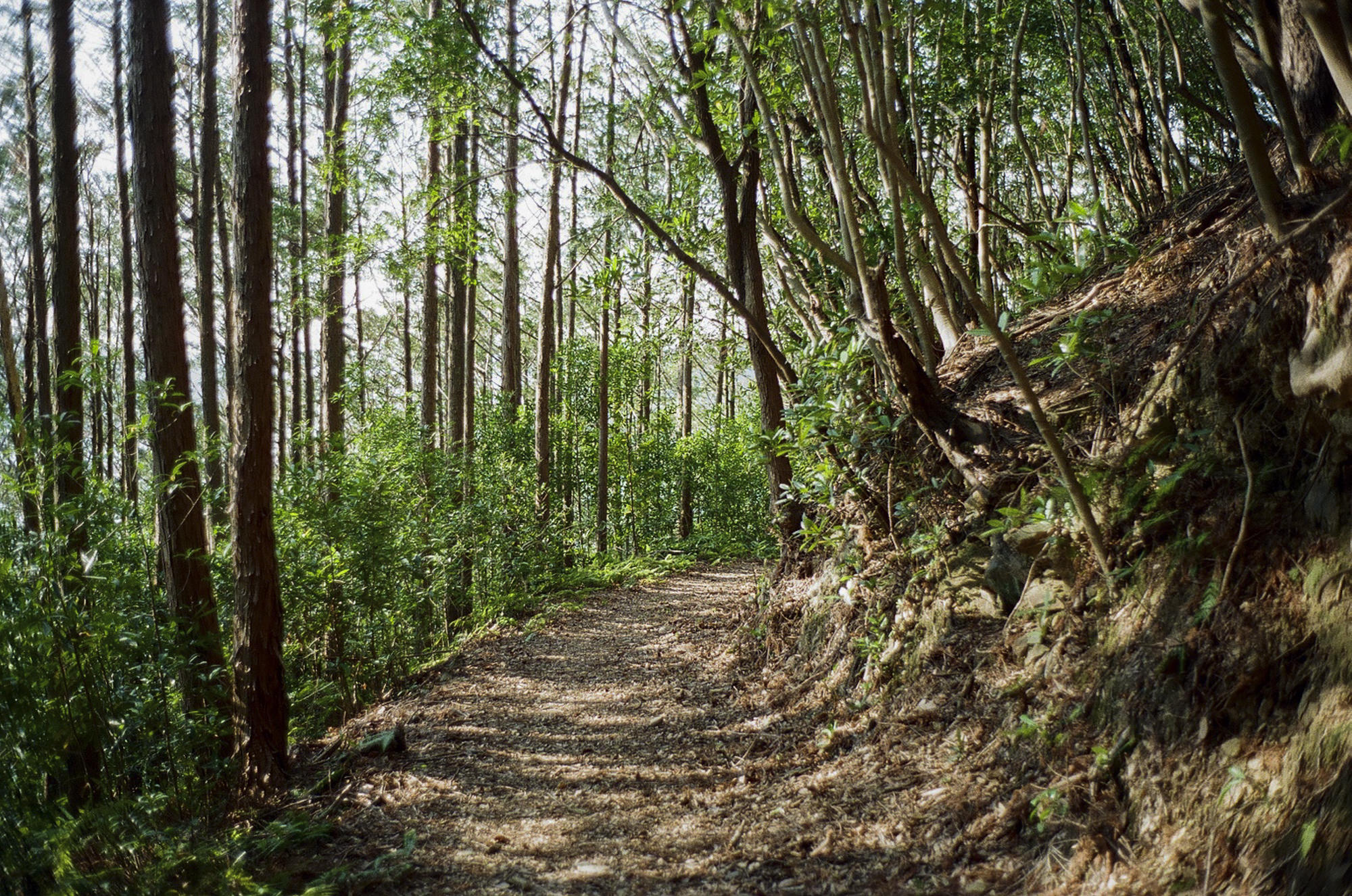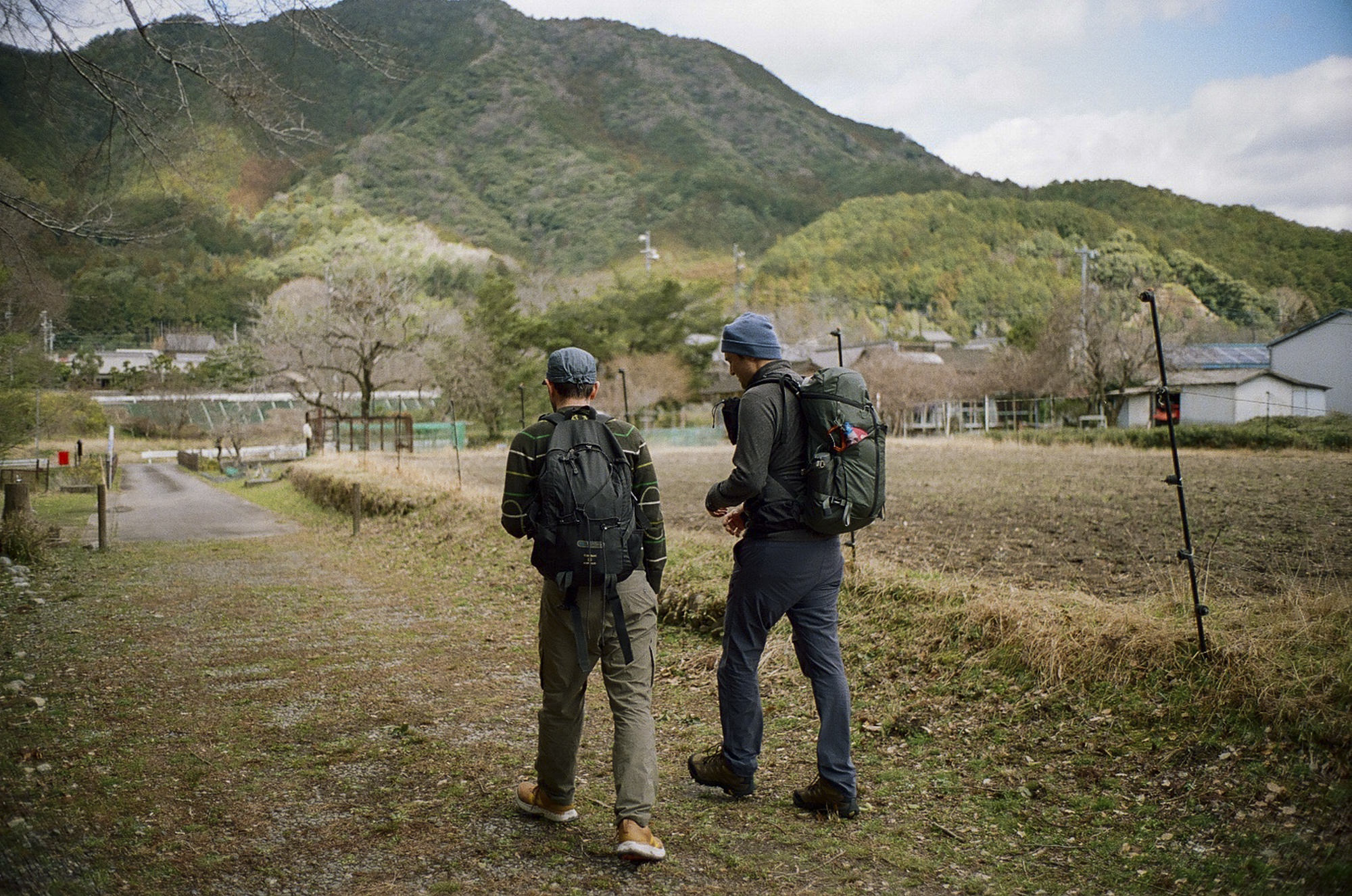
Ridgeline subscribers!
Hello, it is still I, Craig Mod, still writer of this newsletter.
I went walking last week. It had been fifteen months since I had visited the Kii Peninsula, and this was the first trip since publishing the fine art edition of Things Become Other Things (which takes place there).
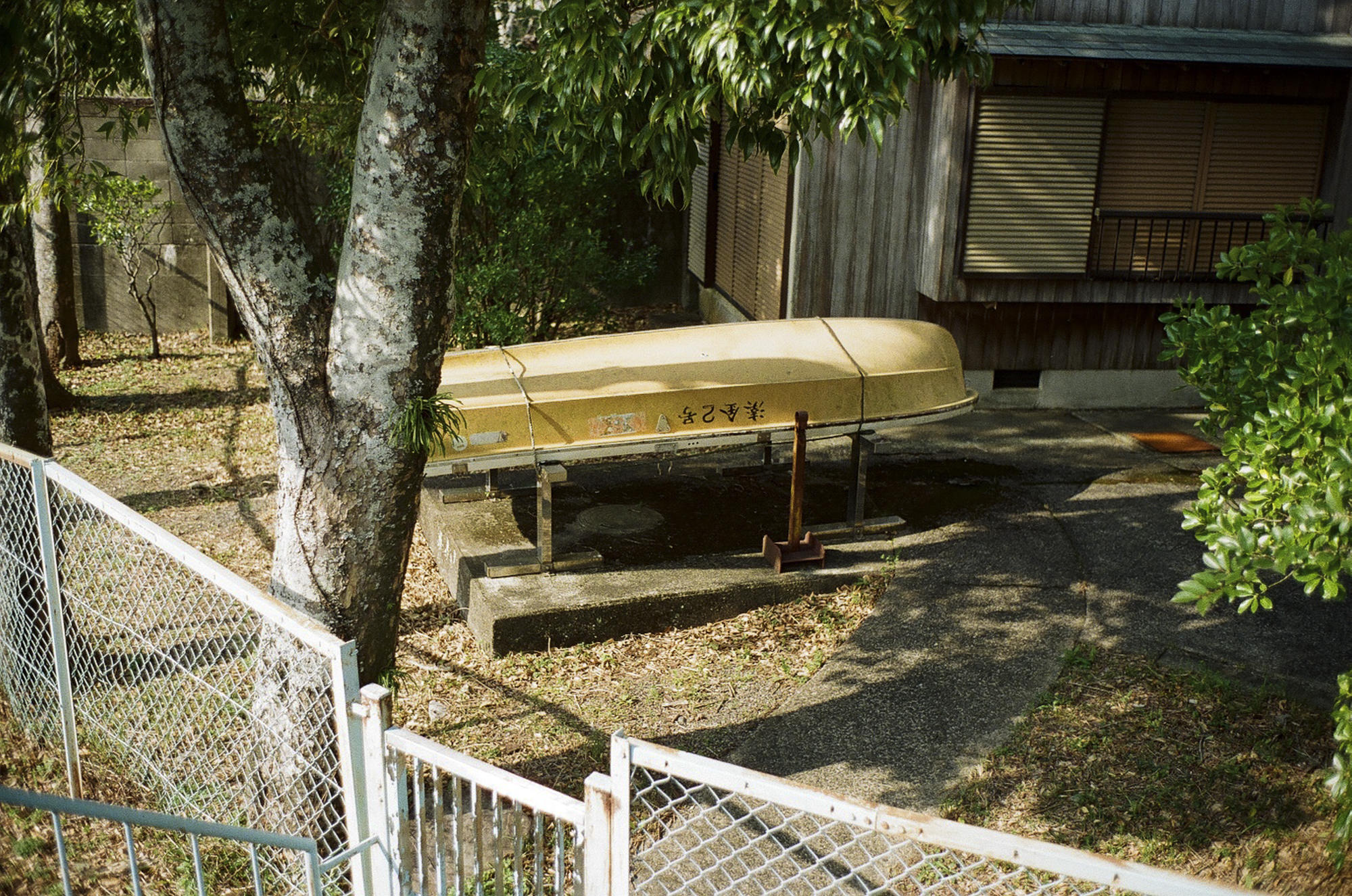
Two friends and I started to do a yearly walk together in 2021. A pandemic response — hey, let’s get out of our house and walk somewhere in the countryside, far from the virus! That sort of thing. Just a few days. Since Kii is a bit of a haul, we stretched the walk this year to four — four days of walking. Some ninety kilometers or so. The weather was perfect and walking the Ise-ji again was excellent. We’re all busy with our lives and work and families, so our annual walk has become pleasingly-forced alignment of schedules.
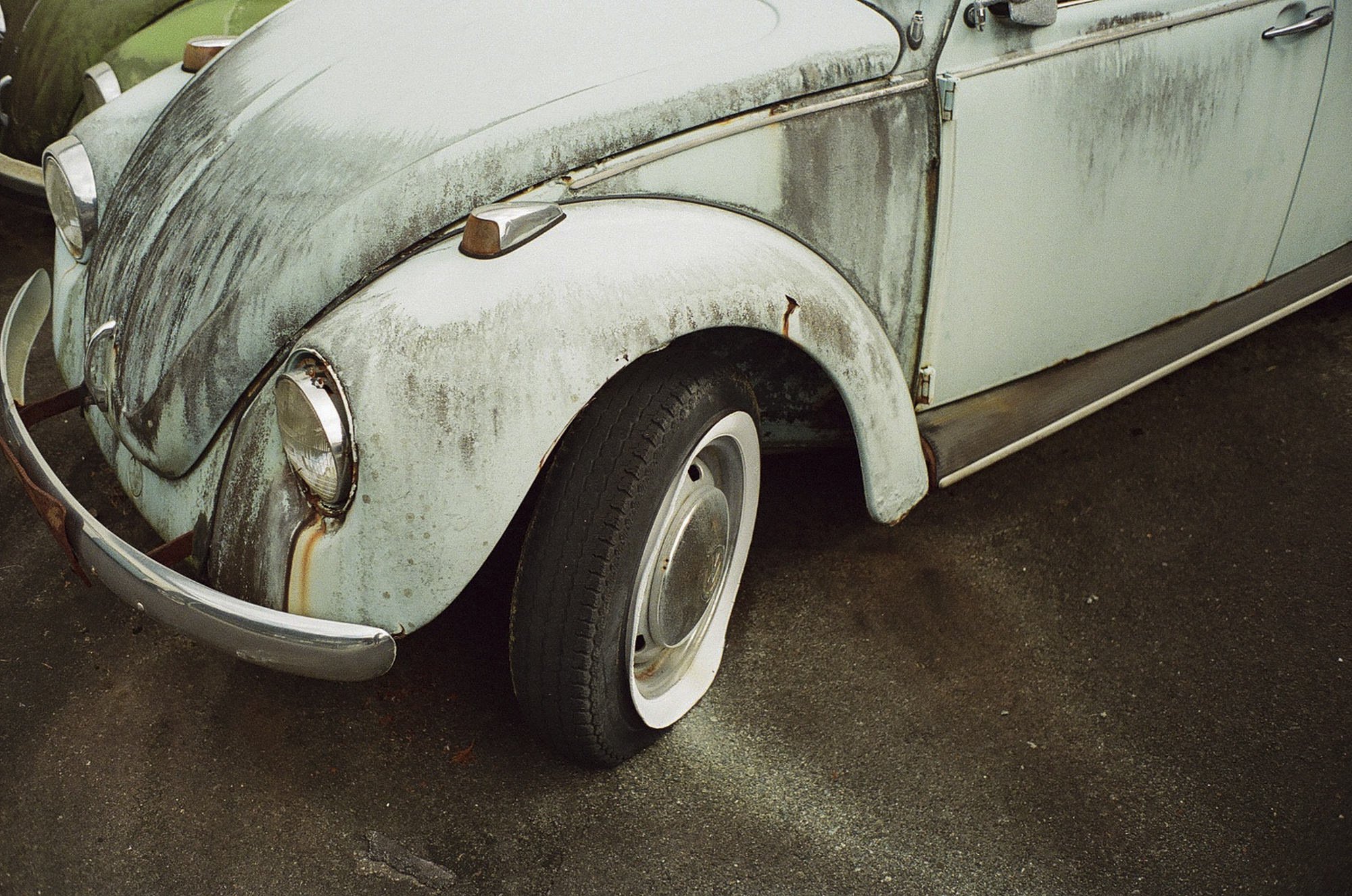
From Tokyo, you hop the Shinkansen to Nagoya, and then take the Nanki Express south as far as you want. We take it to Misedani, disembarking around noon. We then walk twenty-two kilometers or so north, up through the “baka-magari” section of the Ise-ji. I had made early dinner reservations at Hinakaya, a fancy-ass kaiseki place in a gorgeous kayabuki-thatched farmhouse. In our silent little room (we were the only customers that night), we are served an array of little dishes filled with salty wonders. It turns out, teriyaki-grilled turtle tastes remarkably like chicken.
That first night, we cab back after our opulent dinner and crash at the bizarre (but welcome) Marriott Fairfield in Misedani. We buy a package of English Muffins from the neighboring mega-supermarket, and pass out. The next morning we toast the muffins in the Marriott’s Balmuda toaster (high-class), and slather them with local Ōuchiyama butter. Delicious.

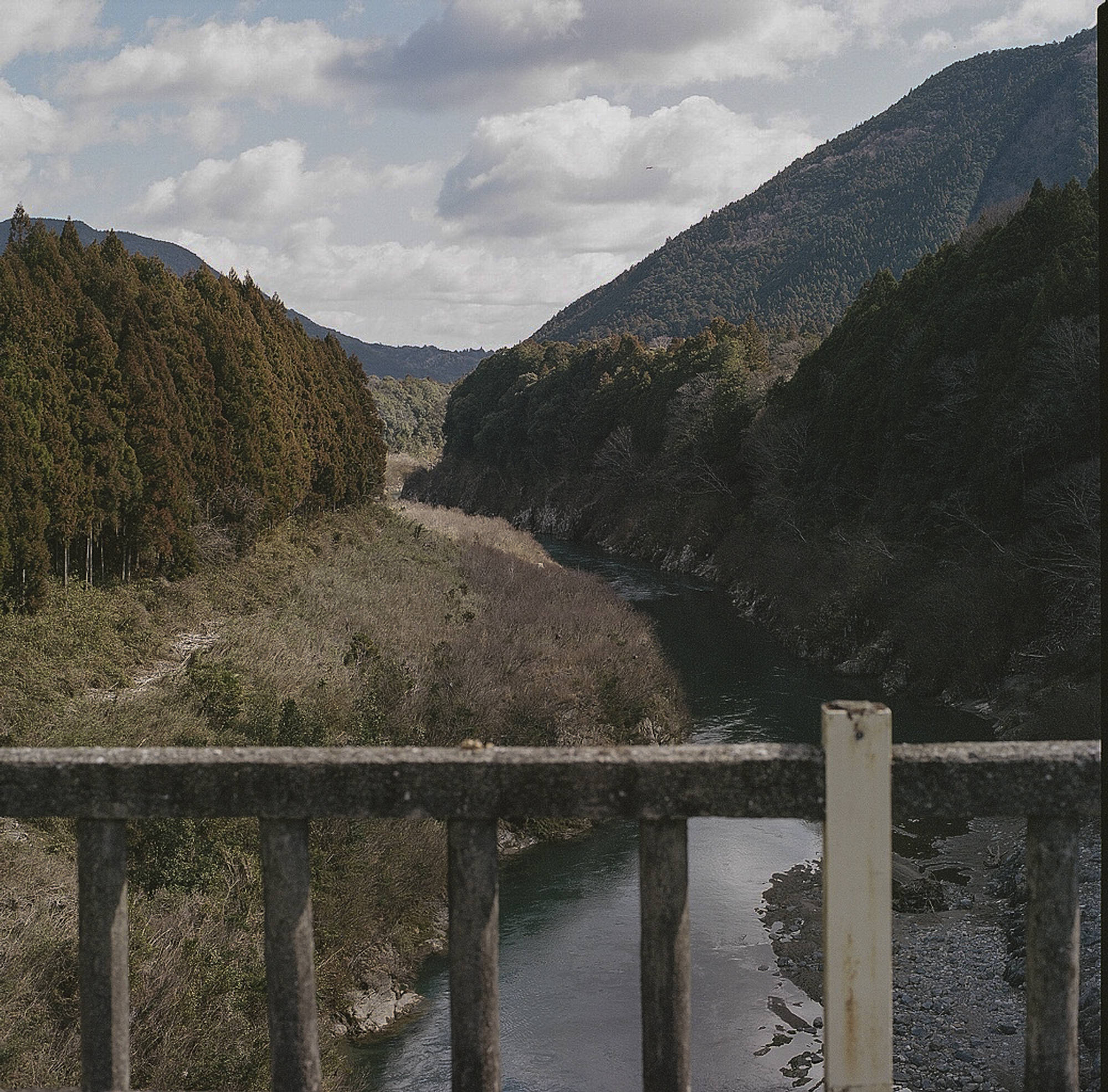
We then basically walk day two of my online Ise-ji guide. Over Funaki Bridge, up Misezaka, down through the incredible Takihara-no-Miya Shrine. Maybe one of my favorite shrine-spaces of the whole peninsula. Never busy. Always pulsing with that “power-spot energy” (getting its power not from the unknowable, not from mystery, but rather: good air flow, flowing water, old nature, heterogeneous flora, birdsong, moss, moss, and more moss) you find so frequently near Shinto shrines. Fecundity up the wazoo, towering cedars (the ancient kind, the good kind), and a few wooden structures inspired by agrarian architecture millennia back.

Next day we follow day three of my guide. But instead of Nisaka Pass, we do Tsuzurato, a pass I haven’t walked in years. It adds quite a bit of elevation and distance but I think it’s worth it (the worst part is the two klicks of big-road walking on the Kii-Nagashima side). An elderly couple stops us and tells us to be on the lookout for a certain flower in bloom. I forget the name instantly. But we spot a few — little white miracles amidst the dirt.
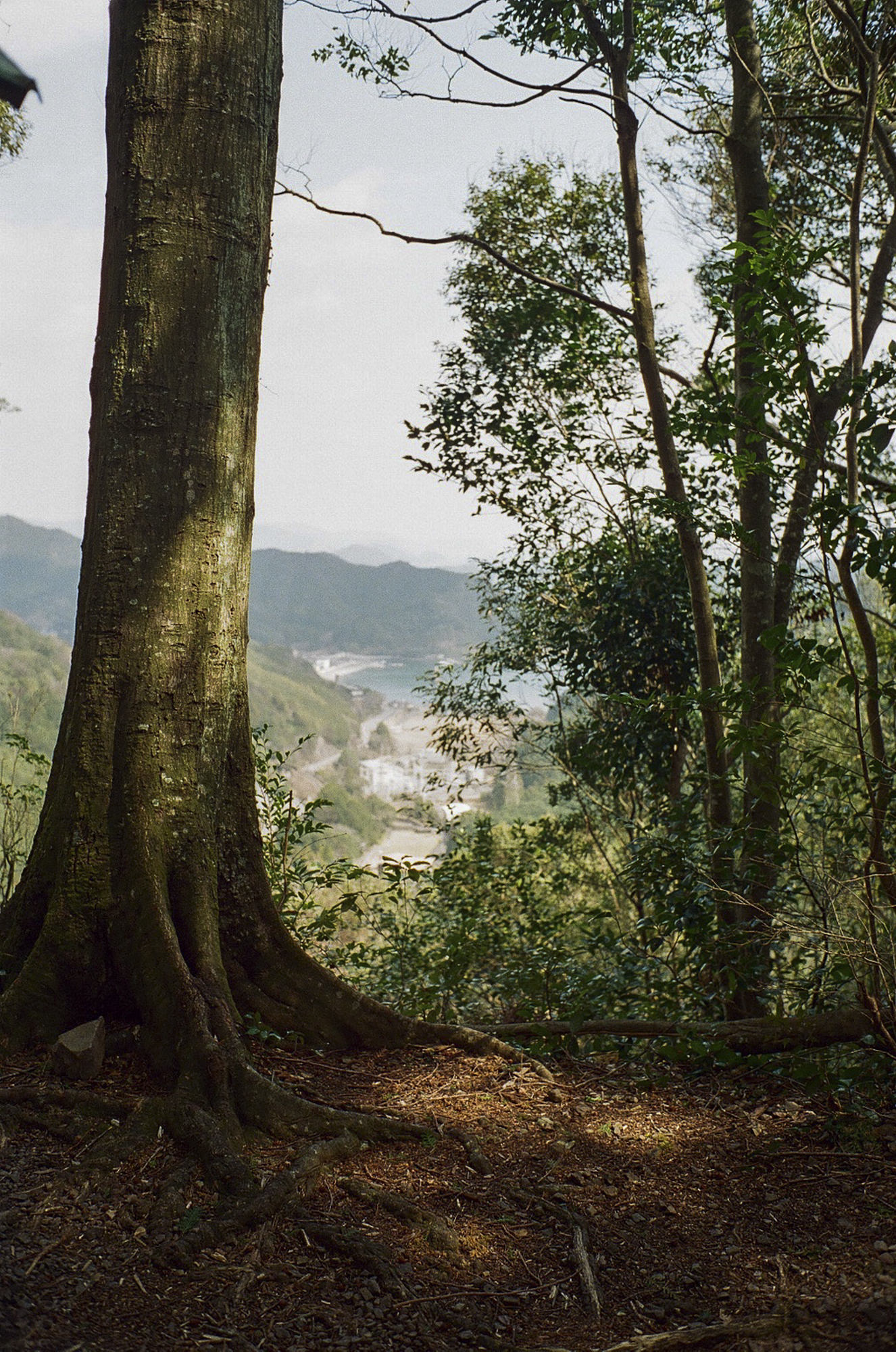
Up near the peak, we move aside to let a mother and her almost-teenage son squeeze by. They’re coming down. She carries a baby on her back. Then, lagging behind, a woman who couldn’t have been younger than eighty is navigating the considerable slope. She apologizes for “holding us up” but I tell her it was perfect timing for our break. I am in awe, anyway, and watching her maneuver slowly down the mountain is an archetype I’ll keep in mind until I’m dead.
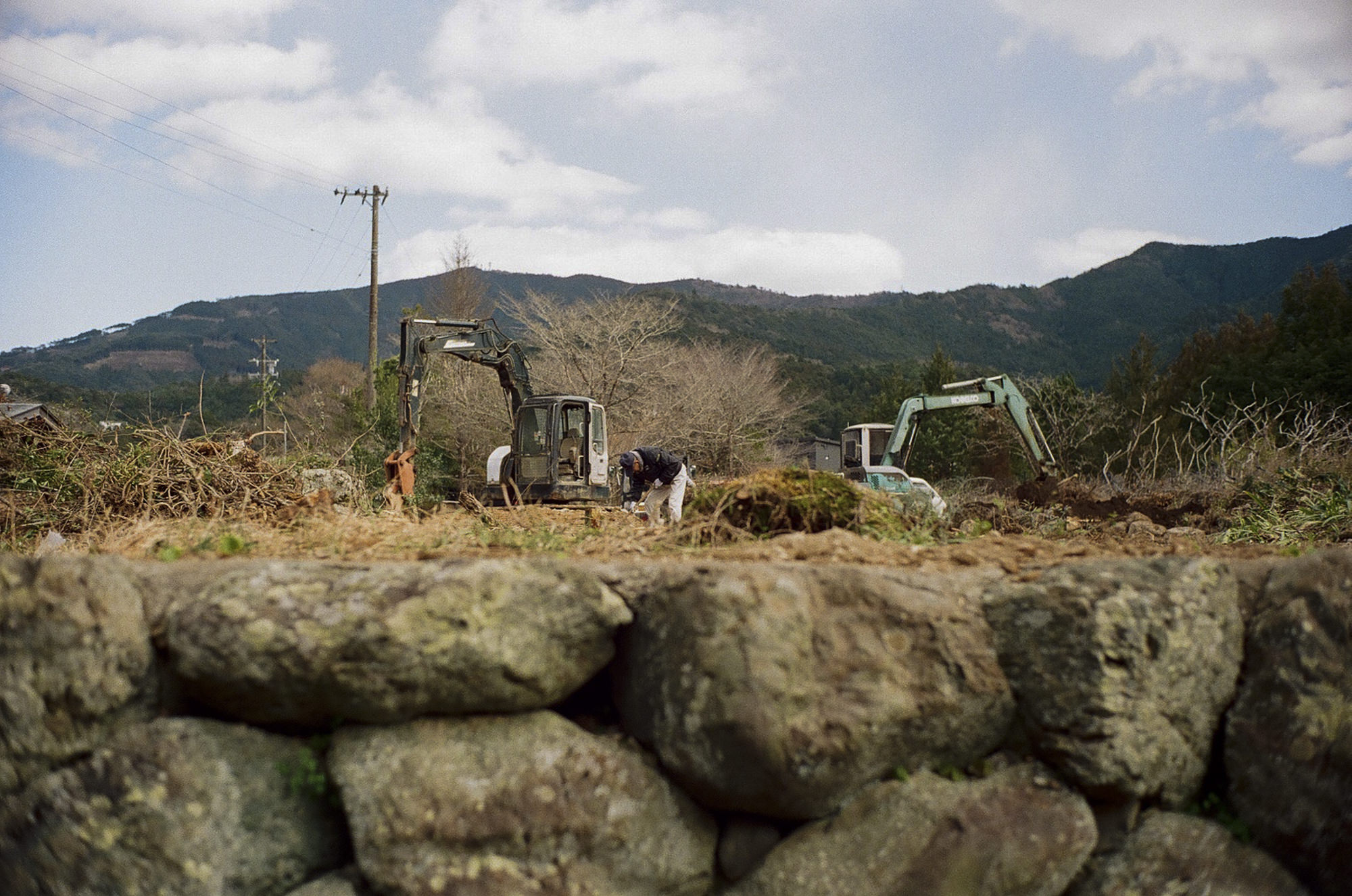
On the other side of the pass we stop by Kirin, one of my favorite kissas still going strong in Kii-Nagashima. The owner is of an indeterminate age. Long, flowing, curled hair. Hers hands belie nothing. She could be anywhere from 35 to 80 (or 45 to 90 as I wrote in my guide four years ago (has it really been four years?!)). She has five grandkids. One of her daughters is a housewife, the other works at the bank. Her husband is a fisherman, up early every morning. She’s run the café since 1976. She gives my friend free iced coffee, calls us all handsome, takes our photo for us.

Between Kii-Nagashima and Furusato Onsen lies the Nagashima neighborhood, curling around a sharp mountain jutting out towards the ocean. (A sharp mountain with an impressive nearly kilometer-long pedestrian tunnel cutting through it. But don’t take the tunnel — you want to walk the streets; the tunnel is mainly for school kids.) The mountain is covered in concrete, ostensibly to keep it from crumbling and crushing what remains of the town. The town’s main drag is almost all shutters. But I love it so. It is a beautiful time capsule. The shops are mostly empty. Dusty mannequins remain. I photograph a clock and a neighboring woman comes out and asks, Whya takin’ a picture of that? As if it wasn’t miraculous. As if she hadn’t been living next to a clock perched above a (kind of?) Star of David with wings like a bird.
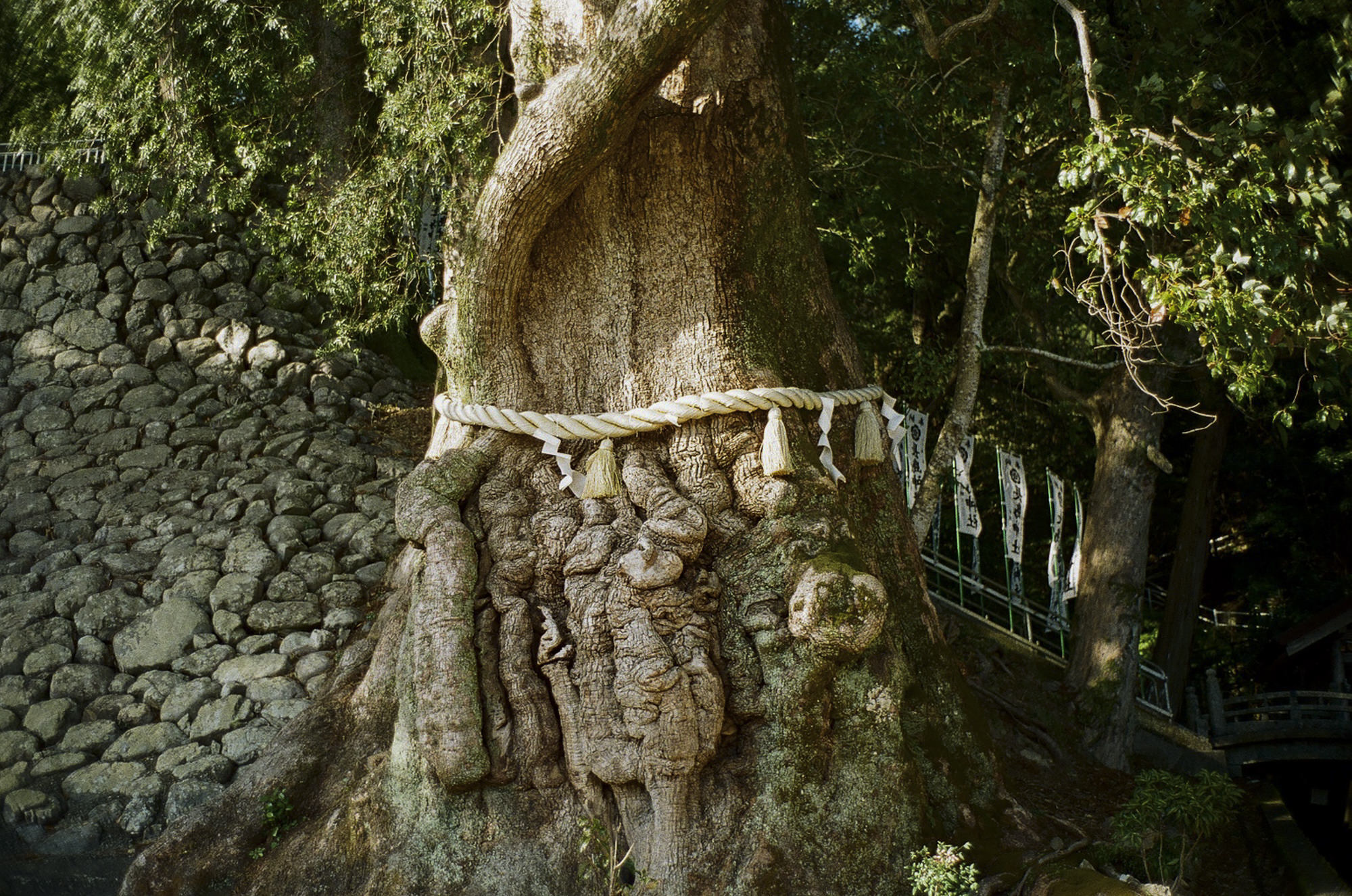
The most opulent home in town stops us in our tracks. Lots of gorgeous detail work in the wood. And it looks new. Everything about it is a bit incongruous and striking. I say to a neighbor — Damn, that Yamaguchi-san has fancy digs. And they just laugh and tell us of course he does: He’s the town’s gravestone maker.
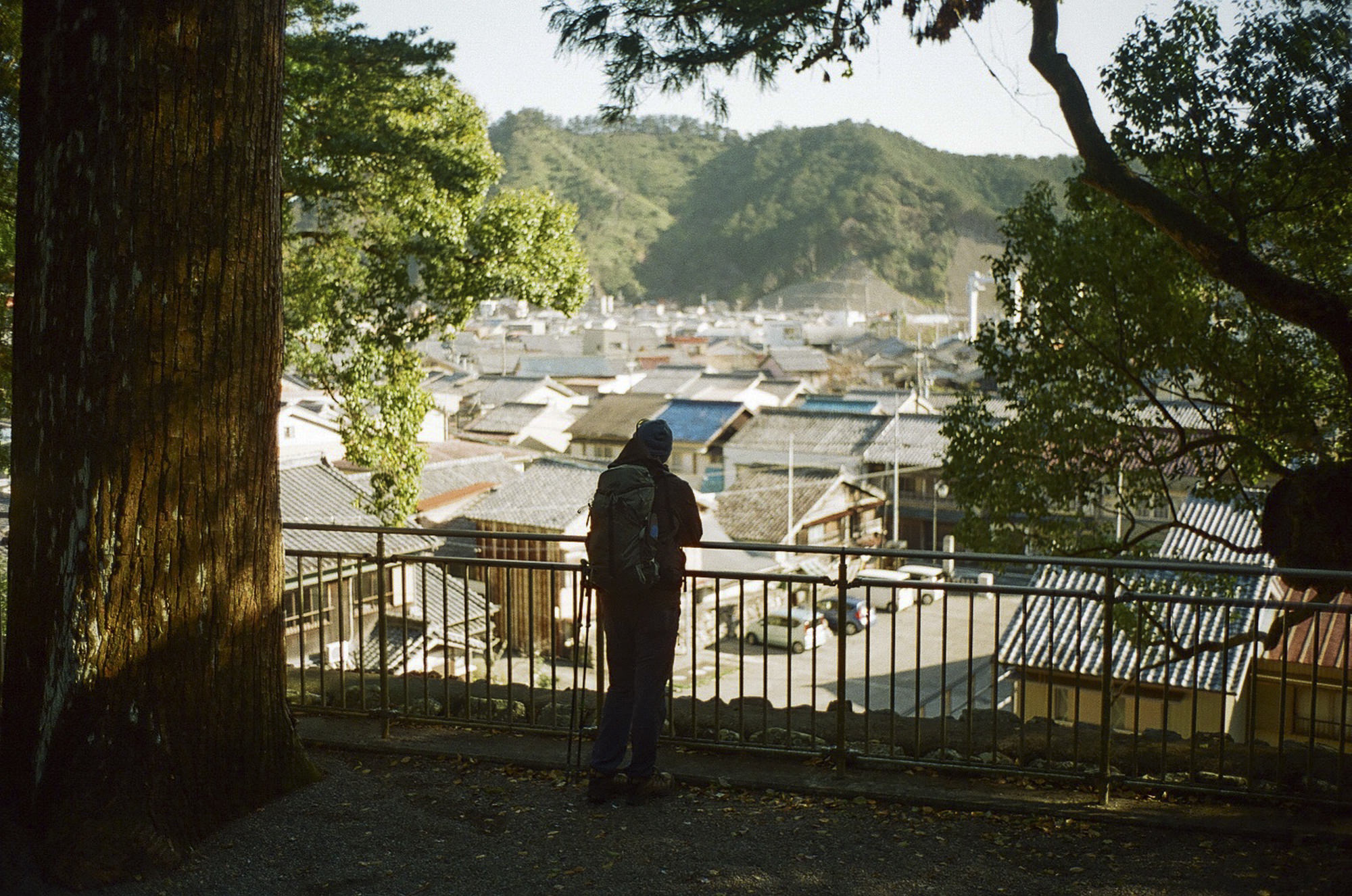
We slink into Furusato Onsen and bathe with the farmers in the public bath. A man walks in with testicles the size of grapefruits, colored frostbite-black. They look almost attached to the bottom of his stomach. Does he have a penis? We’ll never know. The whole groin area reminding me of a passage from Antonio Tabucci’s “Indian Nocturne":
In the first bed was an old man. He was completely naked and very thin. He looked dead, but kept his eyes wide open and looked at us without any trace of expression. He had an enormous penis curled up on his abdomen … “He’s a sādhu,” said the doctor. “His genital organs are consecrated to God; once he was worshipped by infertile women, but he has never procreated in his life.”
But this is the great joy of public bathing — now I know how big balls can get, and how even if they get that big, looking like they’ve rotted in place, a man can still walk freely, nakedly, showing off his unique testicularity to other farmers with no trace of shame, dipping his sacks of coal into the steaming waters, letting out a big sigh. Life is strange and life goes on.
It was nice to be back on this spit of land. My sixth time or so walking the Ise-ji. Poking my head into all the shops and inns, saying hello to owners. “OH SHIT! IT’S MODO-SAN!!” yells the son of one inn. Turns out Cary Fukunaga had just stayed a few weeks ago. Had signed a placard. They were pretty proud of that. A local convenience store woman remembers me and forces a sack of mikans into my pack. Eat ‘em at the peak, she said. Two each! Yum yum! Another inn owner: Oh!! Modo-san! Your face makes me feel so much nostalgia! Yet another: Aww, come on — don’t you get bored with this? Meaning walking the same thing over and over again.
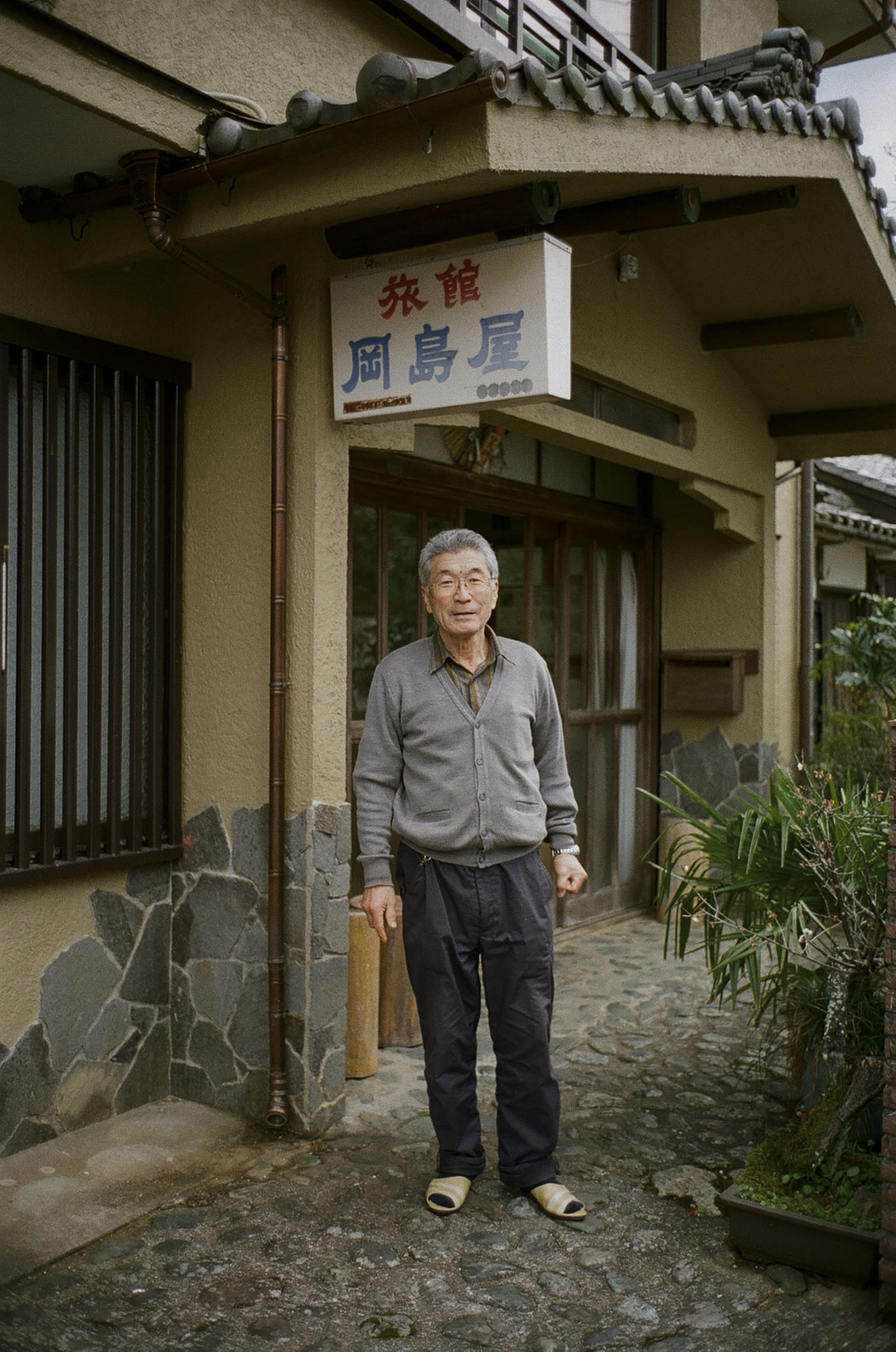
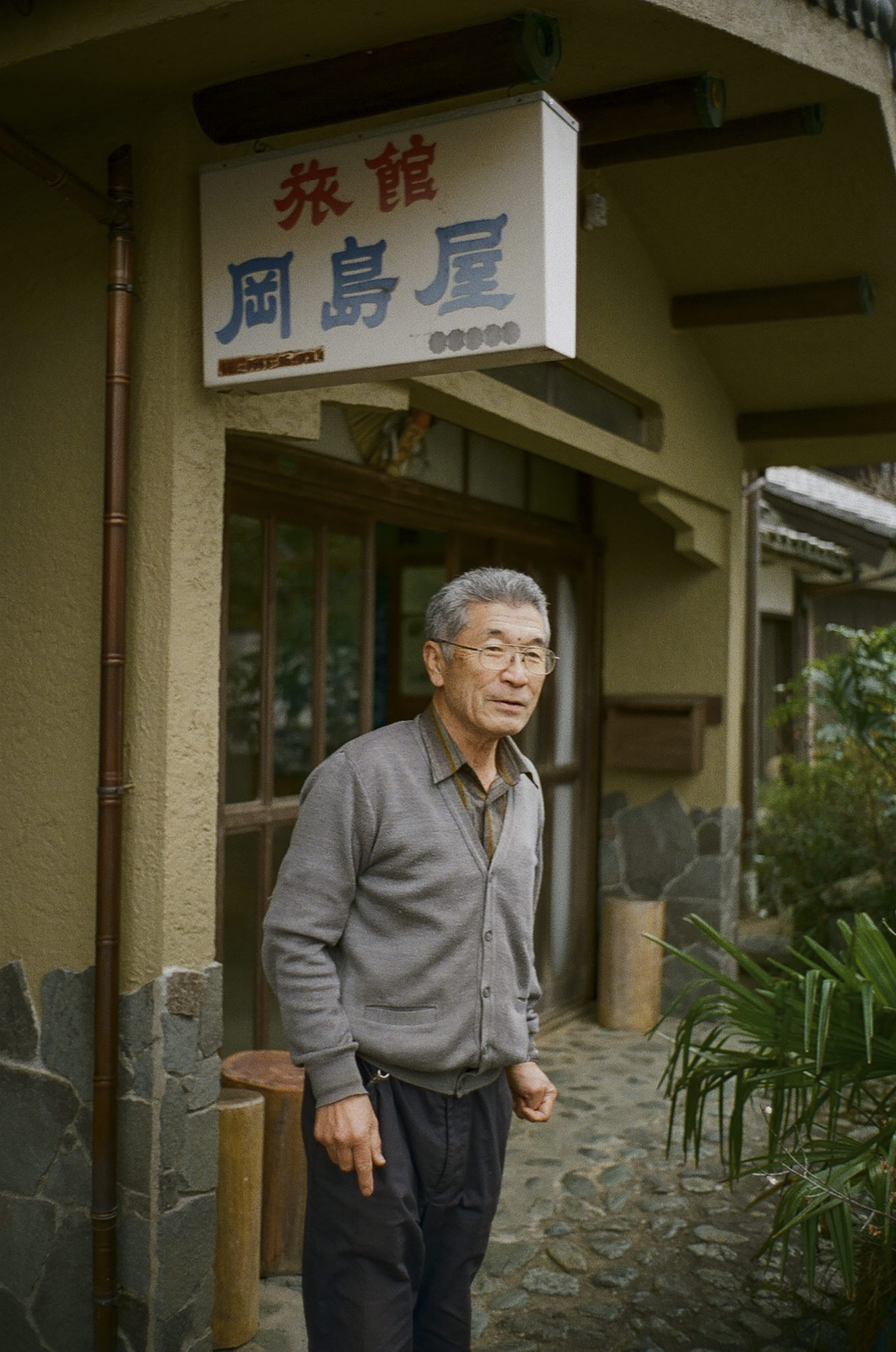
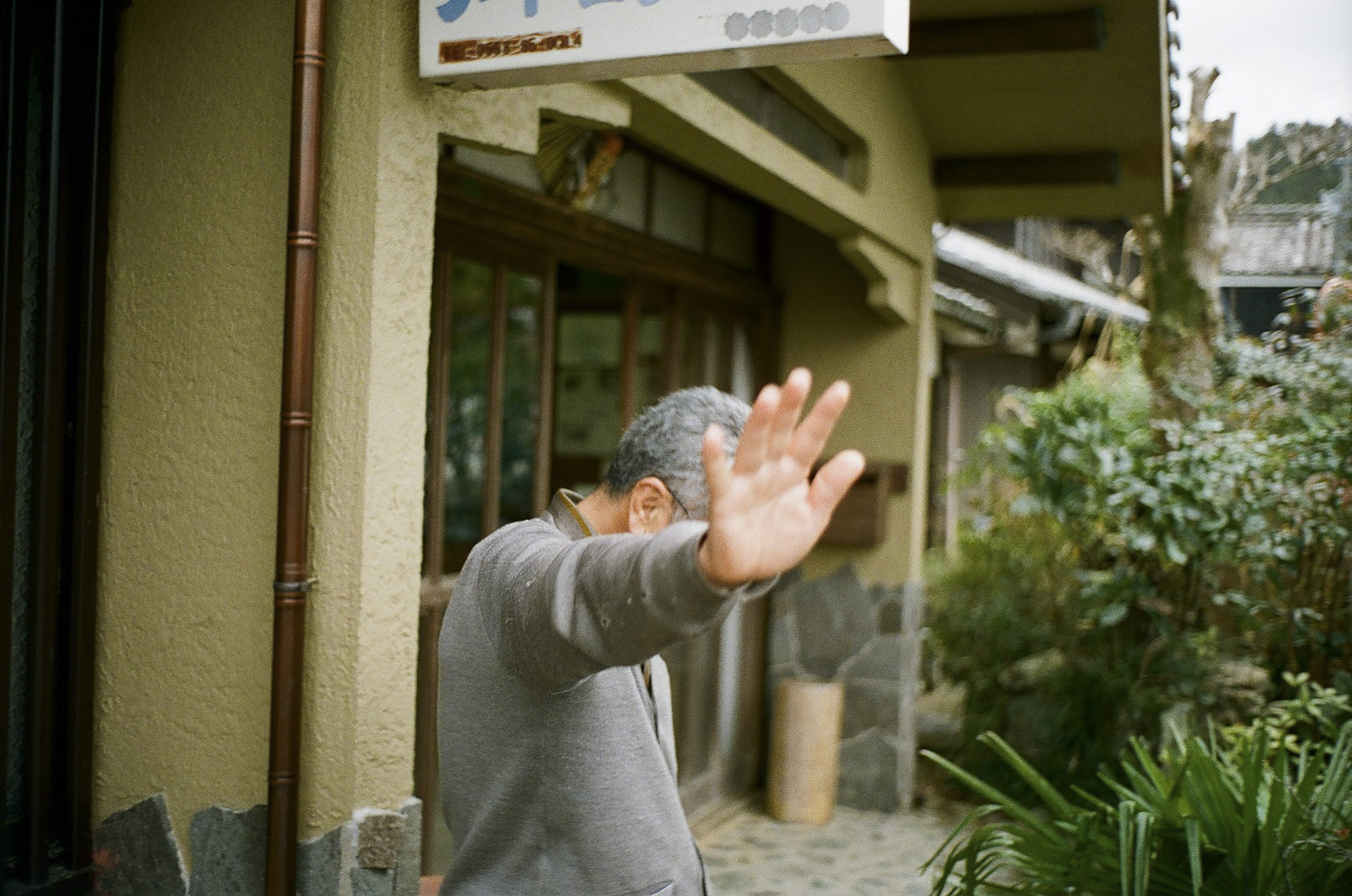
No, no I don’t. A walk is a walk but a walk is also a series of relationships. And each time I walk this walk, I get to reinforce those relationships. I am grateful to be able to do this and grateful to do it and grateful to see these faces. It isn’t boring. New details always emerge and I now have a long enough history with this area to have documented material change in the landscape. That, too: a gift. Time is passing and I’m here to see it pass.
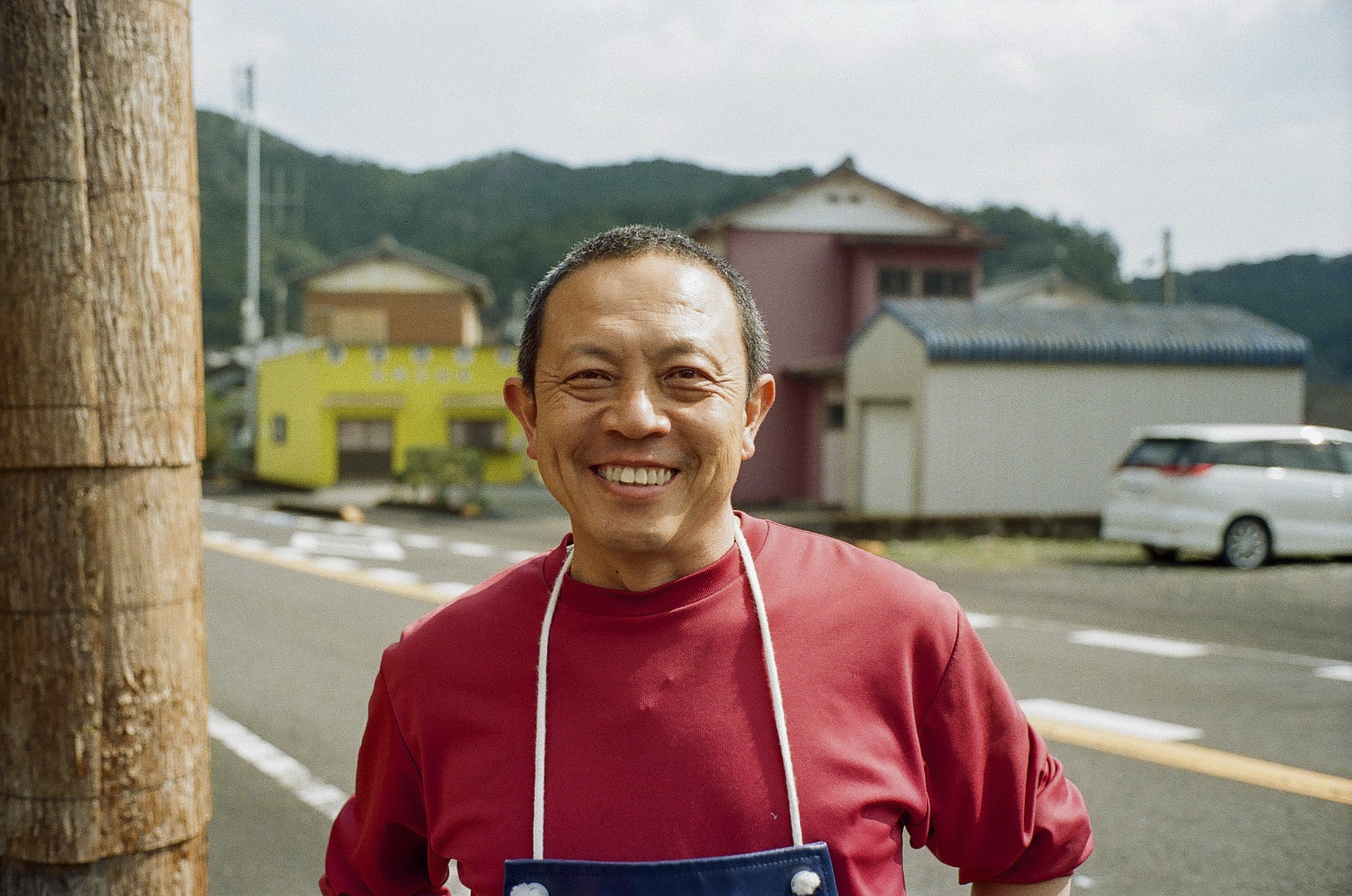
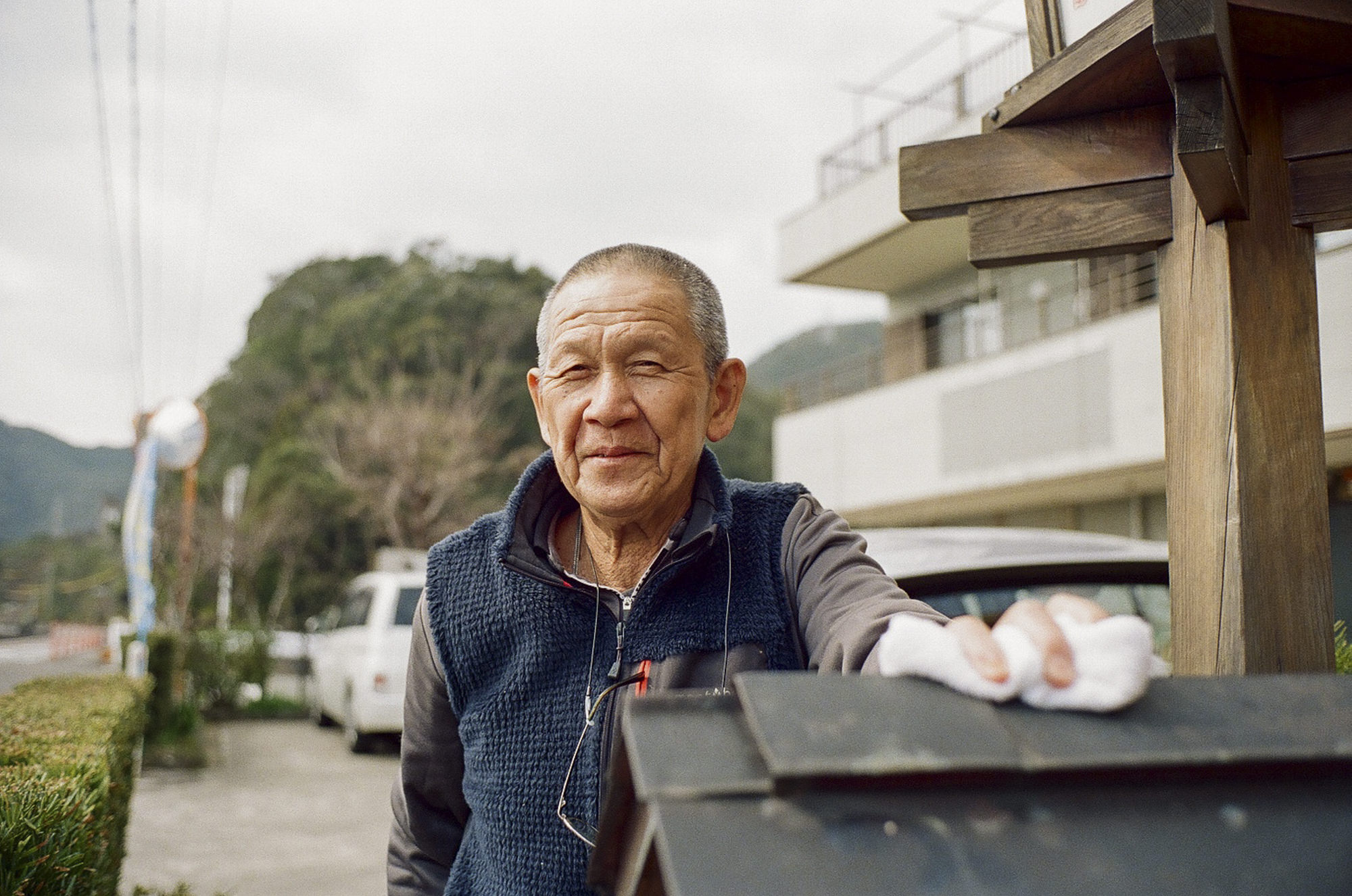

The forth day we are supposed to walk from Furusato-Onsen to Owase, finishing with a big push up and over Magose Peak. But … the chatting is too much, the abandoned hotels too enticing, the roadside kissa, a bit too slow. We probably could have sprinted the pass but … that wasn’t the vibe. So we slow down, finish at Aiga Station. While waiting, a man with a helmet appears. And then another man, more age indeterminism, dressed like a cartoon character, sits next to us and begins to boing-boing-boing a mouth harp. He all but demanded I take his photo. On the train someone started shadowboxing in the next carriage.
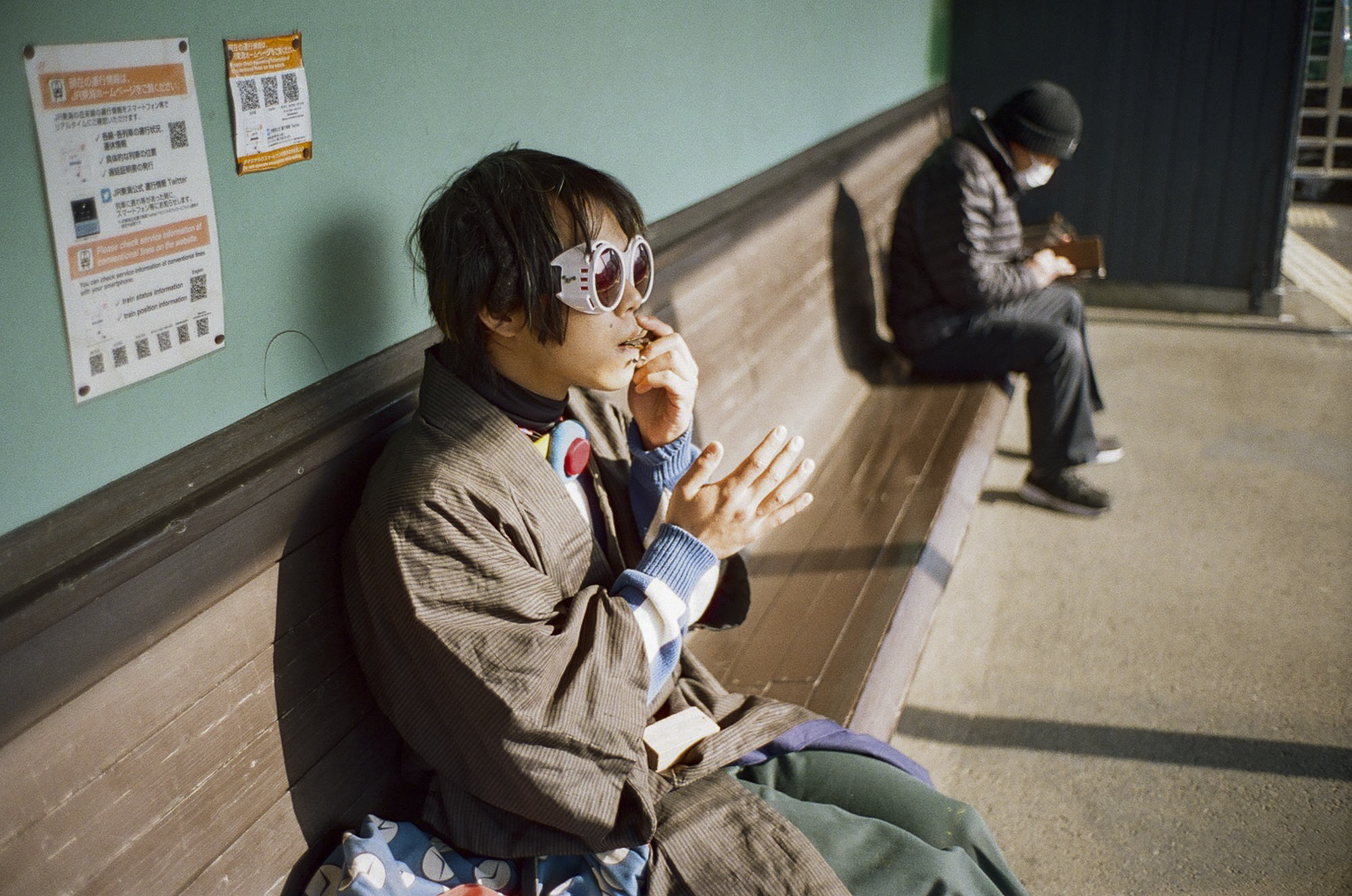
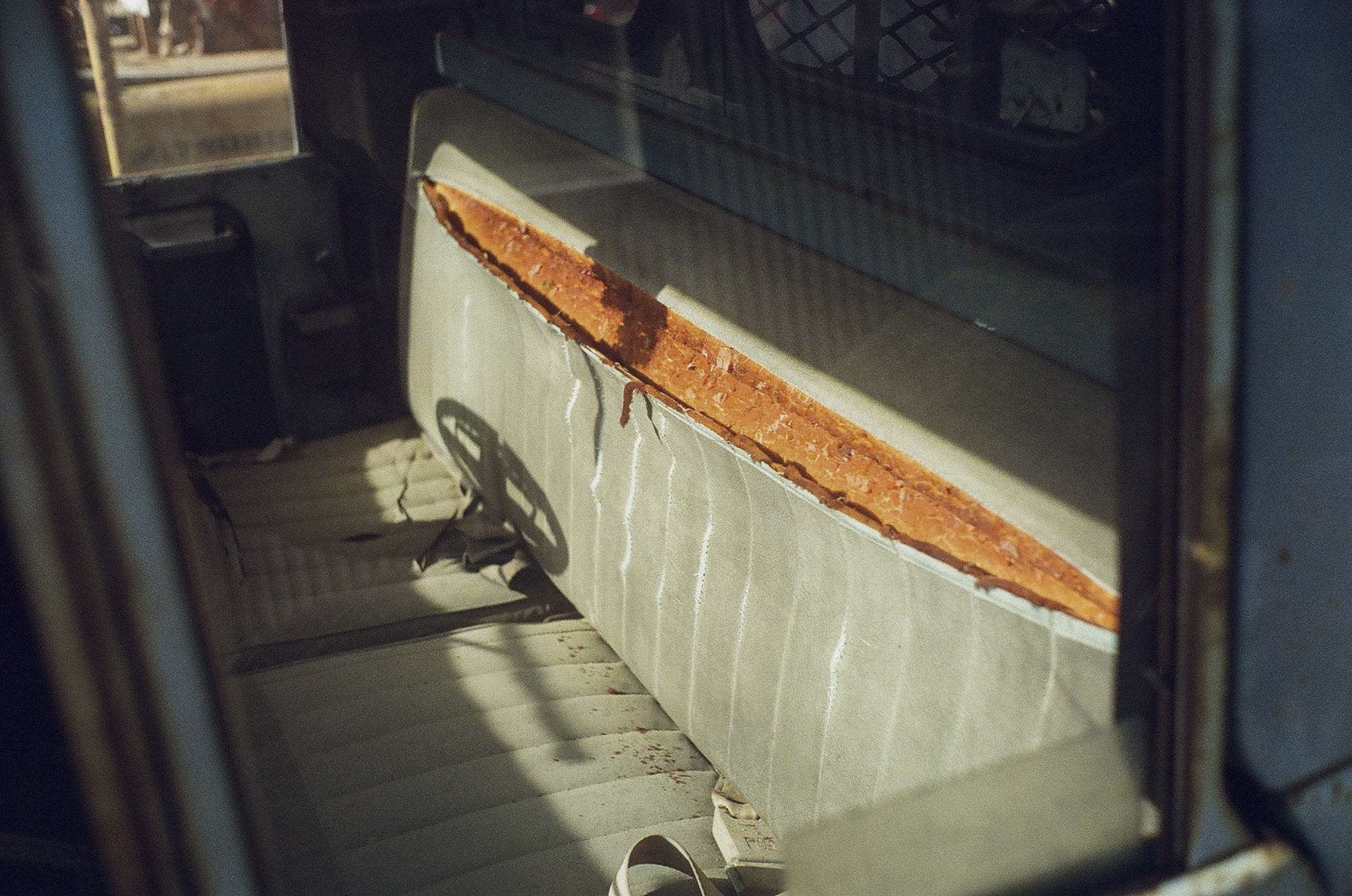
With a couple of hours to kill before the 18:18 express home, we walk Owase. What a town. I have an essay to write about Owase, so I won’t go into too much detail here, but talk about potential unrealized. Lordy, that town is just waiting for a savvy investor to open a couple hotels, a café, make it the hotspot of the Ise-ji.
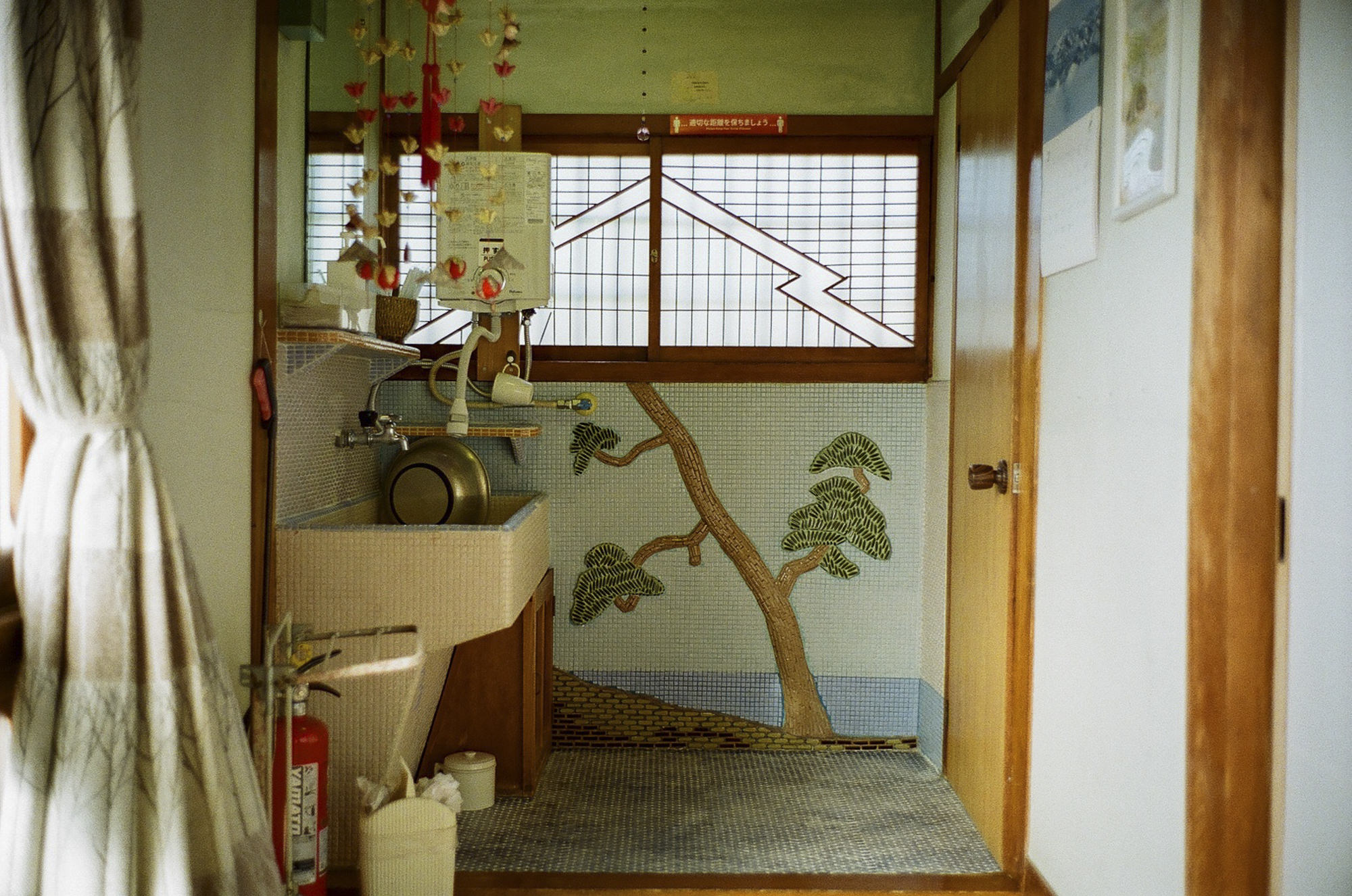
Years later, and I still maintain that the Ise-ji is one of the best, if not the best, walk of the peninsula. In terms of balancing train access (quite good!), quality of meals (superb), variation in terrain (mountains, fields, costal walks), and cultural history (two of the arguably most important spiritual spots in Japan), it can’t be beat. I return again and again. It’s still fairly unwalked. We spotted only one other walker (basically) over four days. Rumor has it a few tour agencies in Japan are trying to launch some Ise-ji tours, so it might be smart to do it sooner than later if you’re thinking about it.
Great people, baffling testicles, some of the best fish around. What’s not to love.
More soon,
C
